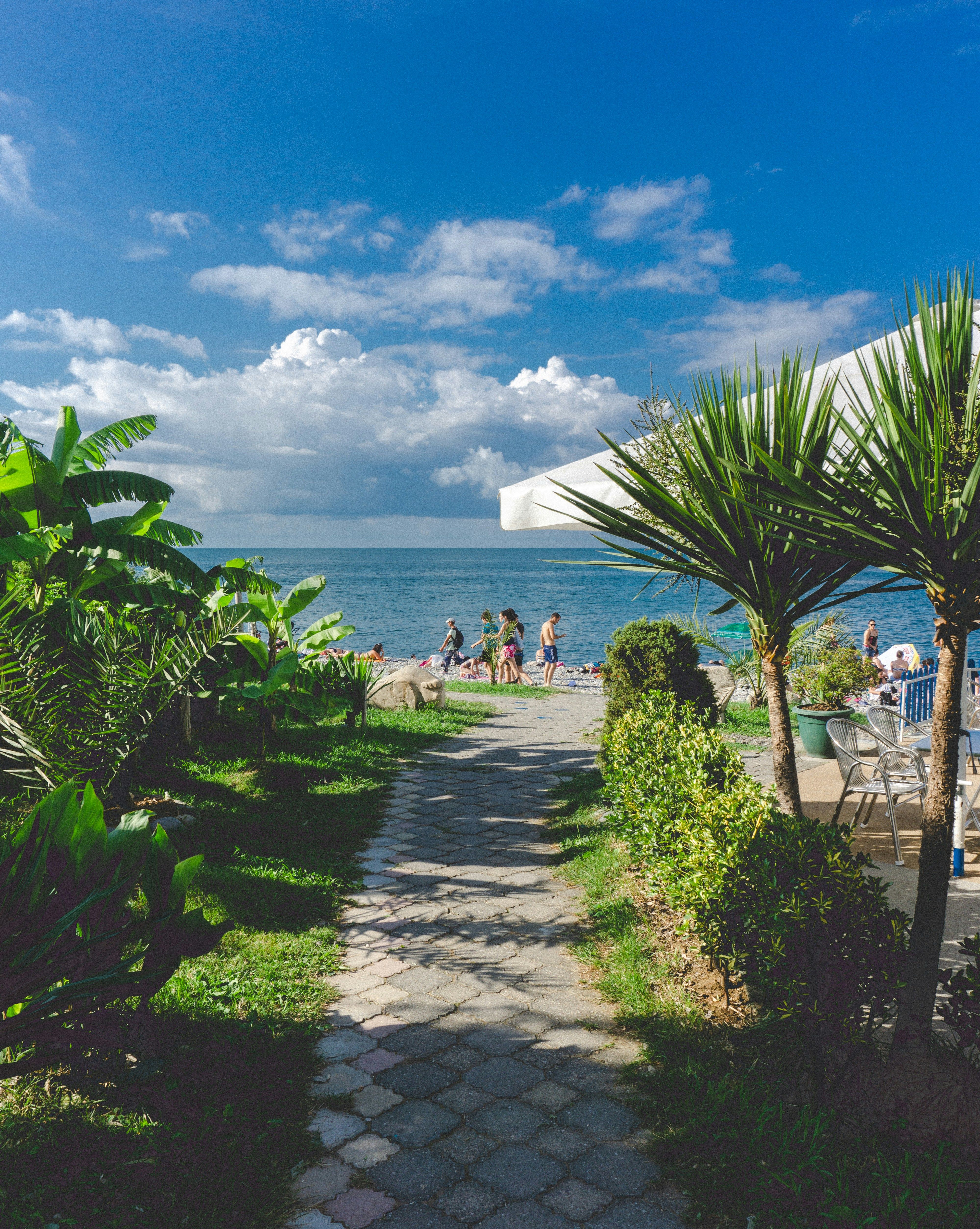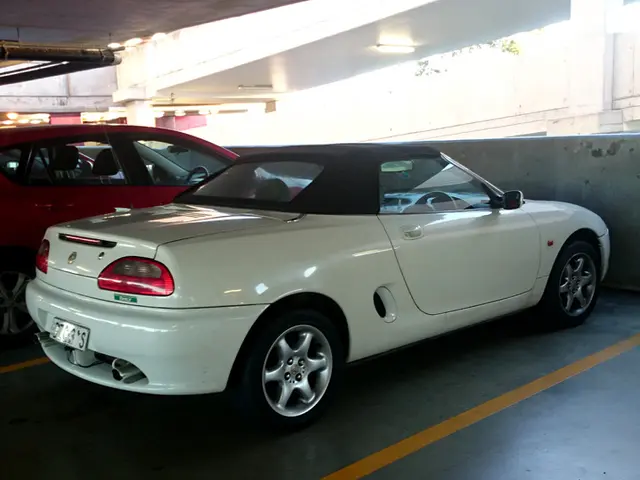LNG Vessel Runs Aground Close to Rügen Island - No Reported Casualties - LNG vessel grounded in Rügen: No reported casualties ensue
Title: LNG Tanker Grounded Near Rügen Seaport, No Injuries or Environmental Damage
An LNG (liquefied natural gas) tanker struck the shore early this morning near the Mukran seaport on Rügen island. Thankfully, no injuries have been reported by the state water police department. The vessel was successfully towed to the Sassnitz roadstead with assistance from several tugboats.
Remarkably, no environmental damage occurred, and no cargo was lost in the Baltic Sea. The Sassnitz water police have taken charge of the investigation onboard the vessel, dubbed the "Iberica Knutsen." Photos reveal the tanker anchored off Sassnitz at high noon.
The German Environmental Aid called for the strict enforcement of safety standards following the incident. Particularly, the organization emphasized the importance of ensuring safety during LNG delivery and unloading procedures. Federal Managing Director Sascha Müller-Kraenner voiced these concerns.
Authorities have initiated an investigation against the responsible ship's captain as part of the accident probe. Additionally, the ship has been ordered to remain at anchor until the vessel inspection and onboard examination are completed.
Regarding LNG tanker operations in the Mukran, Rügen, and Sassnitz seaport, stringent safety standards apply. These include international regulations such as the International Gas Carrier Code, which governs LNG carrier design and operation. Port authorities also ensure compliance with national and EU maritime safety and environmental laws.
Safety protocols for LNG tanker operations at the Mukran terminal involve controlled berth operations, restricted zones around the vessel during loading and unloading, mandatory pilotage, tug assistance to minimize navigation risks, emergency preparedness, AIS monitoring to ensure compliance with set boundaries and distances from sensitive areas, and crew and port personnel training.
In this instance, no cargo was lost or any noticeable environmental impacts were reported in the Sassnitz area, showcasing effective safety compliance. Compliance with maritime security regulations to prevent unauthorized approach or attacks on LNG vessels is part of the broader maritime safety enforcement.
In conclusion, LNG tanker operations in Mukran, Rügen, and Sassnitz seaports follow stringent international, national, and port-specific safety measures to ensure safe navigation, cargo handling, environmental protection, and emergency response readiness.
Industry finance could provide the necessary funds for the construction of new safety facilities to enhance the security of LNG tanker operations in Mukran, Rügen, and Sassnitz seaports. The transportation and automotive sectors might collaborate in the development of innovative technologies to improve the safety of LNG tankers, thereby contributing to community aid.








